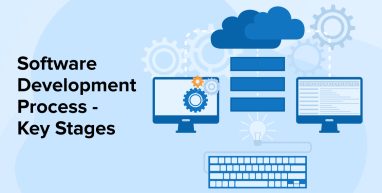
The software development process is a complex approach that moves logically and systematically from designing to delivering the software. It has an iterative nature, allowing for continuous improvement and adaptation. The primary objective behind this rigorous development process is to build software products of high quality with minimal risks. Today, almost every sector is getting digitalized. All are employing software development companies to develop distinctive software products according to the operations they perform.
So, are you among the aspiring software developers? Does the thought of building software according to your choice fascinate your mind? If yes, and if you are confused about where to start, don’t worry. We are here with a detailed guide on the software development process. You will learn about various aspects like the significance of software development, its purpose, how to build software from scratch, and the methods used in software development.
1. Why is a Software Development Process Important?
Software applications have made our lives easier by providing the relevant information at the right time. This has increased the demand for technically efficient software solutions worldwide. The software industry is booming exponentially. With the increasing complexity of software systems, a structured software development process must be developed to create top-of-the-line software applications.
1.1 Purpose of Software Development Process
A software development process aims to fulfill customer and business requirements without compromising quality and security. But do you think this is the only reason for following a systematic software development process? There are many other factors associated with following an organized software development process. Some of them are listed below:
- Organization and Structure: A systematic approach to accomplishing a given task lets you understand the associated responsibilities. You get a clear idea of the team formation and task assignment to the individual members.
- Quality Assurance: When you follow a proper, well-defined process, you gain a better understanding of the testing stages and can ensure effective software testing practices.
- Scalability: A dynamic software development methodology accommodates scaling project requirements by scaling resources as needed and maintaining a consistent user experience.
- Continuous Improvement: A well-defined development strategy allows for regular review and refinement of processes. This helps in figuring out the improvement areas, and remains competitive and relevant according to the changing trends.
- Risk Management: An effective software development process includes risk identification and implementing mitigation strategies at different development stages.
2. Process of Software Development
The software development process comprises a software development lifecycle (SDLC), which includes the entire span from initial planning to ongoing maintenance of the software product. Every stage of the software development life cycle is associated with distinct tasks and purposes, serving as checkpoints for project management.
There are seven fundamental phases in an SDLC, each serving a unique purpose in guiding the project from planning through to delivery and maintenance.
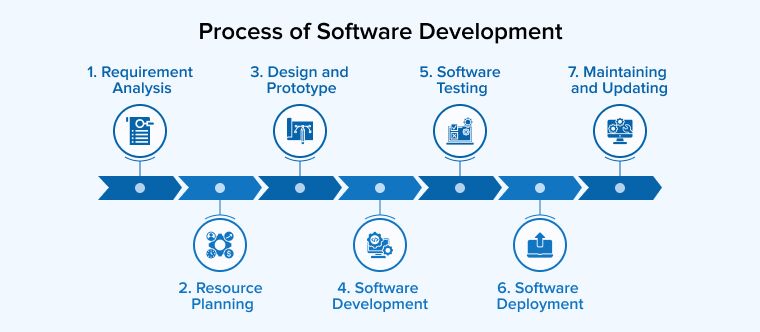
2.1 Requirement Analysis
Before moving toward actual software development, you must know why you are developing the particular product. You need to gather answers to different questions, such as
- “What is our problem statement and definition?”
- “Is the idea feasible?”
- “What are the user requirements?”
- “Who is the target audience for the product?”
- “What are the business goals associated with the software?”
- “Who are the stakeholders?”
- “Is there any similar product already available in the market?”
- “If yes, how is our product different than the competitive ones?”
- “What are the functional and non-functional requirements of the software?”
There are different techniques to help analyze requirements, like conducting surveys and interviews with stakeholders, organizing workshops, collecting and analyzing existing documents, and collecting feedback from users. You’ll ultimately reach the project scope at the end of the analysis. The team then prepares a detailed Software Requirements Specification (SRS) document consisting of project goals, planning methodology, project budget, features, functionalities, and other relevant details.
2.2 Resource Planning
Once you finish the requirements analysis task, it’s time for resource planning and allocation. Refer to the Software Requirements Specification (SRS) created in the previous stage to gain a clear idea of the project objectives and the software type to be developed. You’ll need to prepare a suitable project plan mentioning the timeline, programming languages, frameworks, libraries, database type, progress tracking metrics, and responsibilities of team members according to their skills. Also, identify any kind of necessary training that needs to be given. Determine the workforce needed, in terms of the number of project managers, software developers, designers, testers, maintenance, and support staff. Incorporate risk assessment techniques to identify and reduce potential risks.
Use task management tools like Trello or Jira to define project tasks, allocate resources, and monitor their progress. Understand the cost drivers and develop a comprehensive cost estimate with the help of expert consultations, historical data analysis, statistical models, and comparative assessments. Prepare a cost-monitoring strategy to monitor deviations from the budget.
2.3 Design and Prototype
The design stage connects the requirement analysis, resource planning, and development. In this phase, the Software Design Document (SDD) is prepared, which becomes the blueprint for software developers during the coding process. The designers and software architects collaborate to build the SDD, which outlines the software’s structure, user interface, functionality, and overall behavior.
The Software Design Document (SDD) consists of:
- System Design: This is the blueprint of the software product to be developed. It defines the system components and their interactions. The design should be based on both the software’s functional and non-functional requirements, along with the technical or budgetary limitations to build its detailed structure.
- Software Architecture Design: Here, the focus lies on how the software components will be developed and organized. It involves analyzing and selecting the development methodologies, tools, and technologies, keeping modularity, testability, and scalability in mind.
- User Interface/User Experience (UI/UX) Design: UI/UX design creates the visual and interactive aspects of a software solution. The elements must be designed based on how users would perceive and interact with the product. Consistent and user-friendly design increases customer satisfaction and user engagement with the product.
The design document can be implemented through software prototyping. A prototype is the simulation of the actual software product built to evaluate and validate the design before full development. It is an iterative approach. Wireframes and mockups were developed for the stakeholders to review and give their feedback, resulting in the refinement of design elements to avoid future rework.
2.4 Software Development
Once the design is finalized, the coding process begins with developers writing code in predecided programming languages, frameworks, and libraries. It is the most time-consuming process as it constitutes the core of the project. The development team converts the design specifications into functional components.
The team consists of frontend developers, who work on building intuitive user interfaces focused on usability and user experience, backend developers who implement the application logic and manage databases, and full-stack developers proficient in managing both frontend and backend. During this software development process, there is continuous interaction between the developers to coordinate the entire process.
2.5 Software Testing
Software testing goes along with software development. The testing phase is pivotal in the development cycle as it ensures the quality, reliability, and robustness of the software before it is released. The Quality Assurance (QA) team prepares test cases to test different scenarios following the software requirements. They conduct rigorous testing, including manual and automated testing, to identify bugs and fix them as early as possible before the release of the software.
There are different types of software testing, each targeting different aspects of the software:
- Unit Testing: Testers test individual code units.
- Integration Testing: Testers check the modules and test whether they are working properly in combination.
- System Testing: System tests are conducted to evaluate the complete and integrated software system to check that it fulfills specified requirements.
- Functional Testing: It assesses the functional requirements of the software.
- Performance Testing: It evaluates the performance metrics of the software, such as speed, stability, responsiveness, scalability, and resource usage under various conditions.
2.6 Software Deployment
After successful testing, the software is deployed into the production environment for the end users. Deployment employs server and database configurations, monitoring the system, and troubleshooting any issues that arise. The software can be released as a full package or in incremental parts. Deployment not only comprises software release, but it also includes smooth operation and user adoption. Therefore, you need to create user manuals, conduct training sessions, and provide online support to enhance user engagement.
2.7 Maintaining and Updating
Software deployment does not mean the end of the software development process. Once the software reaches the market, it is essential to monitor its functioning and performance. Pay attention to the upcoming technology trends and upgrade your software accordingly to keep it up-to-date. The software requires ongoing maintenance done at regular intervals to improve its security and reliability.
Collect feedback from users and stakeholders to improve the performance of the software and incorporate new features or functionalities. Security checks and bug fixes must be conducted regularly to ensure data integrity and user trust. The user support facility must address user issues effectively while operating the software.
3. Software Development Models
The software development life cycle (SDLC) phases are implemented based on the software development methodology the development team adopts. The selection of a particular software development model depends on various factors like project requirements, software complexity, regulatory compliance, risk tolerance, project budget, timeline, technical expertise of developers, client, and customer involvement.
Every development model has its advantages and disadvantages. We’ll discuss some of the top accepted software development models:
3.1 Waterfall
The waterfall model is a traditional method that follows a rigid sequence of phases, from one stage to the next, hence, it is named the waterfall model. It is also known as “linear sequential model” or “Classic lifecycle model”. This approach fits best when your project goals and requirements are unlikely to change during development.
3.2 Agile and Scrum
The Agile development method takes the opposite approach to the Waterfall model. Agile development processes follow a dynamic and iterative approach appropriate for projects with emerging requirements. It divides the project into small and manageable modules called sprints. The Agile model promotes cross-functional team collaboration, continuous improvement, and quick delivery of working software. Scrum is a highly used agile software development framework, providing specific roles, events, and artifacts to handle the iterative process.
3.3 Incremental
The incremental method breaks the project into increments. These increments are developed independently and deliver a specific functionality. They are integrated with the final product in the end. Every increment represents a functionality and allows for partial delivery of working software at various stages.
3.4 Iterative
The iterative approach involves the development of multiple product versions. Each version is an improved refinement of the previous version. Product revisions according to the feedback result in a high-quality final product.
3.5 Spiral
The spiral model is a risk-based iterative software development model. Each loop, known as “spiral”, consists of planning, risk assessment, design, development, and evaluation. With the increasing size of the spiral, the depth of system refinement increases, with risks addressed early and continuously.
4.6 Prototype
As the name suggests, the prototype model revolves around constructing prototypes of the software product before full-scale development. This prototype is thoroughly evaluated and refined according to the requirements. Preliminary evaluations decrease the possibilities of deviations and risks in the later stages.
4. Final Thoughts
Technology evolves rapidly, and staying up-to-date is quite challenging. The enhancements in existing technologies and the arrival of new ones increase the complexity of software development projects. The demand of users constantly changes; due to this, Agile methodologies have become popular. Hence, the software development approaches need proper review and enhancements.
FAQs
What are the seven stages of the software development process?
The following are the seven stages of the software development process:
- Requirement analysis
- Resource planning
- Design and prototype
- Software development
- Software testing
- Software deployment
- Maintaining and updating
What is agile methodology?
Agile methodology is a flexible software development process suitable for projects with changing requirements.
Is waterfall faster than Agile?
No, the waterfall model is slower than Agile.


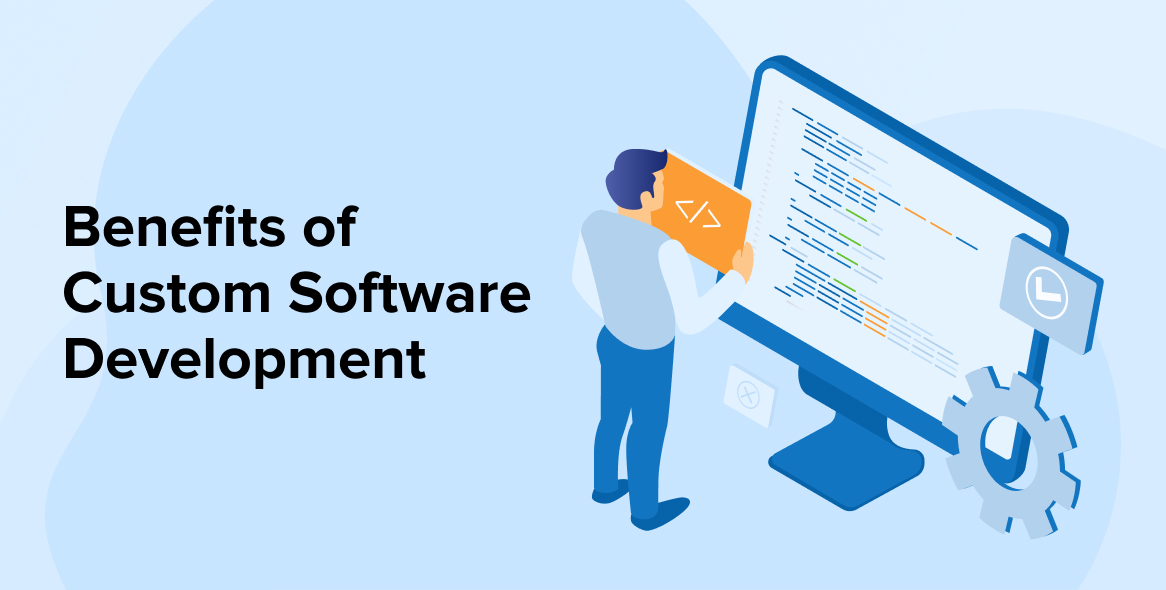
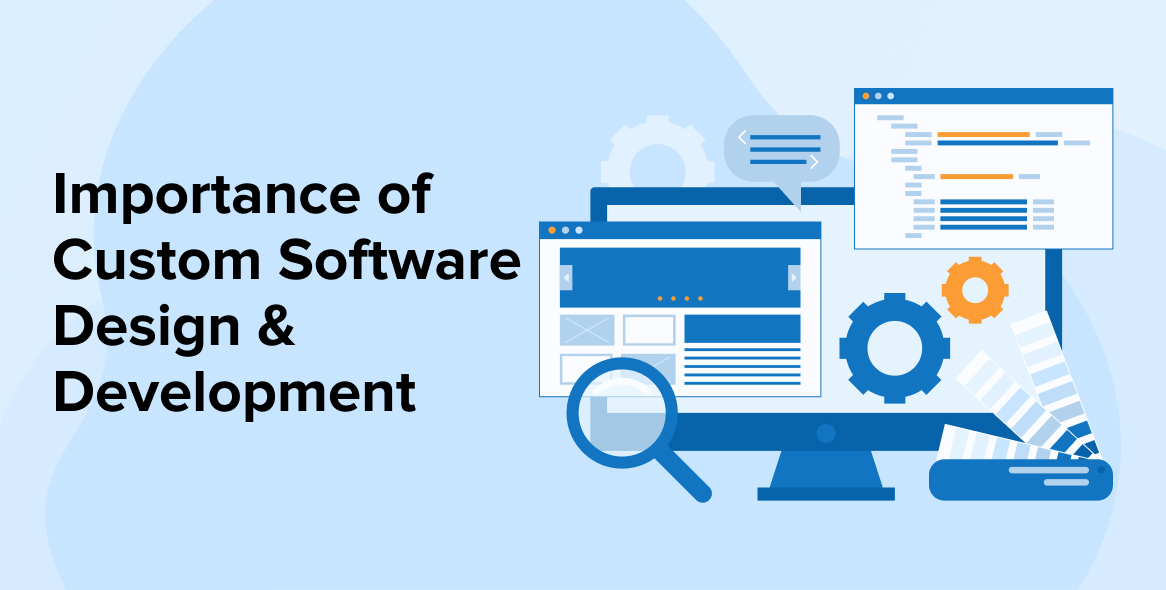
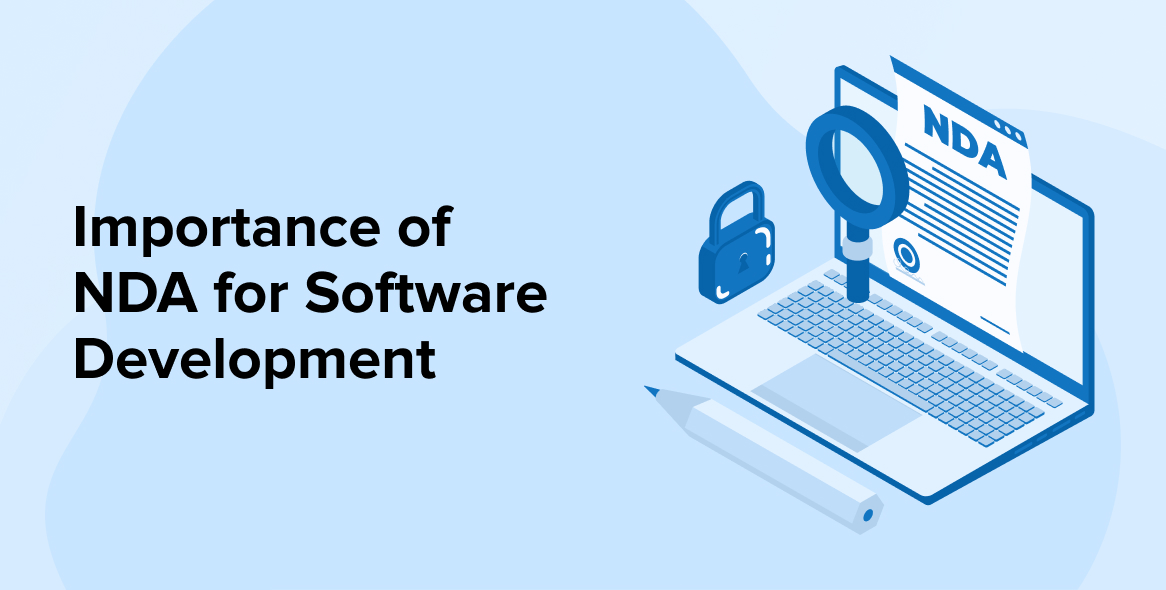

Every software product goes through a multistage process. This process starts with a vision of your product and goes till the delivery of the final product. Hence understanding of this process is very crucial for successful software product creation. The demand for better quality of the software product forces the creation of a systematic approach to software development.
I think the goal of any software project is to develop high-quality, reliable, and maintainable software at the lowest cost and fastest pace possible. This is possible only with a well- structured development process established within the software firm, because it directly impacts the quality of software.